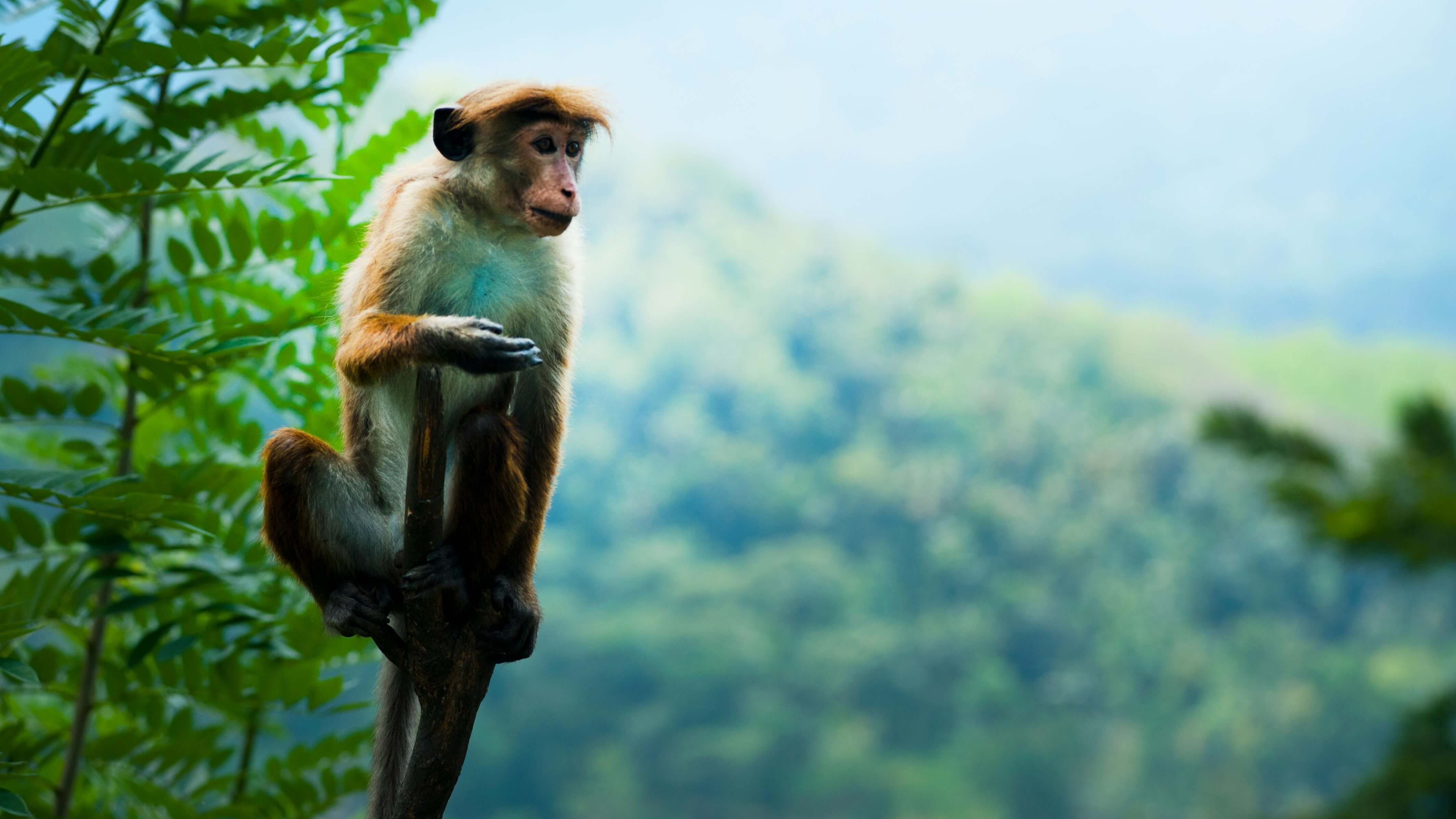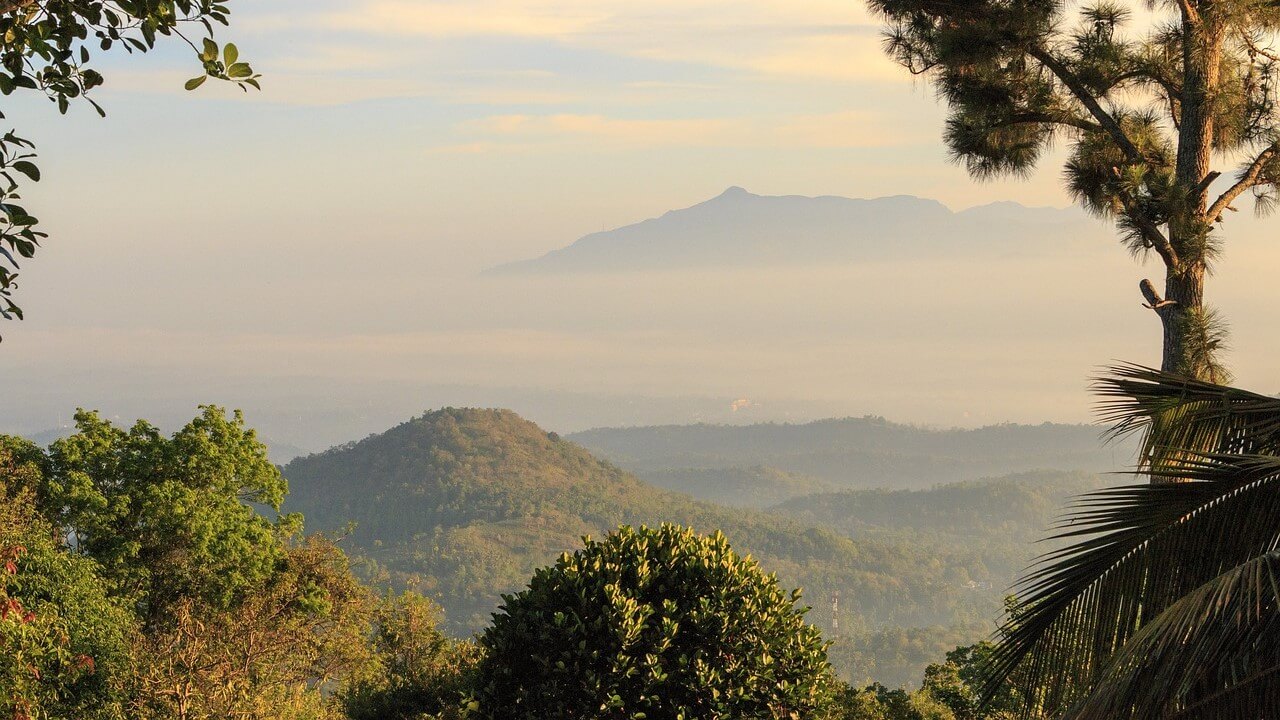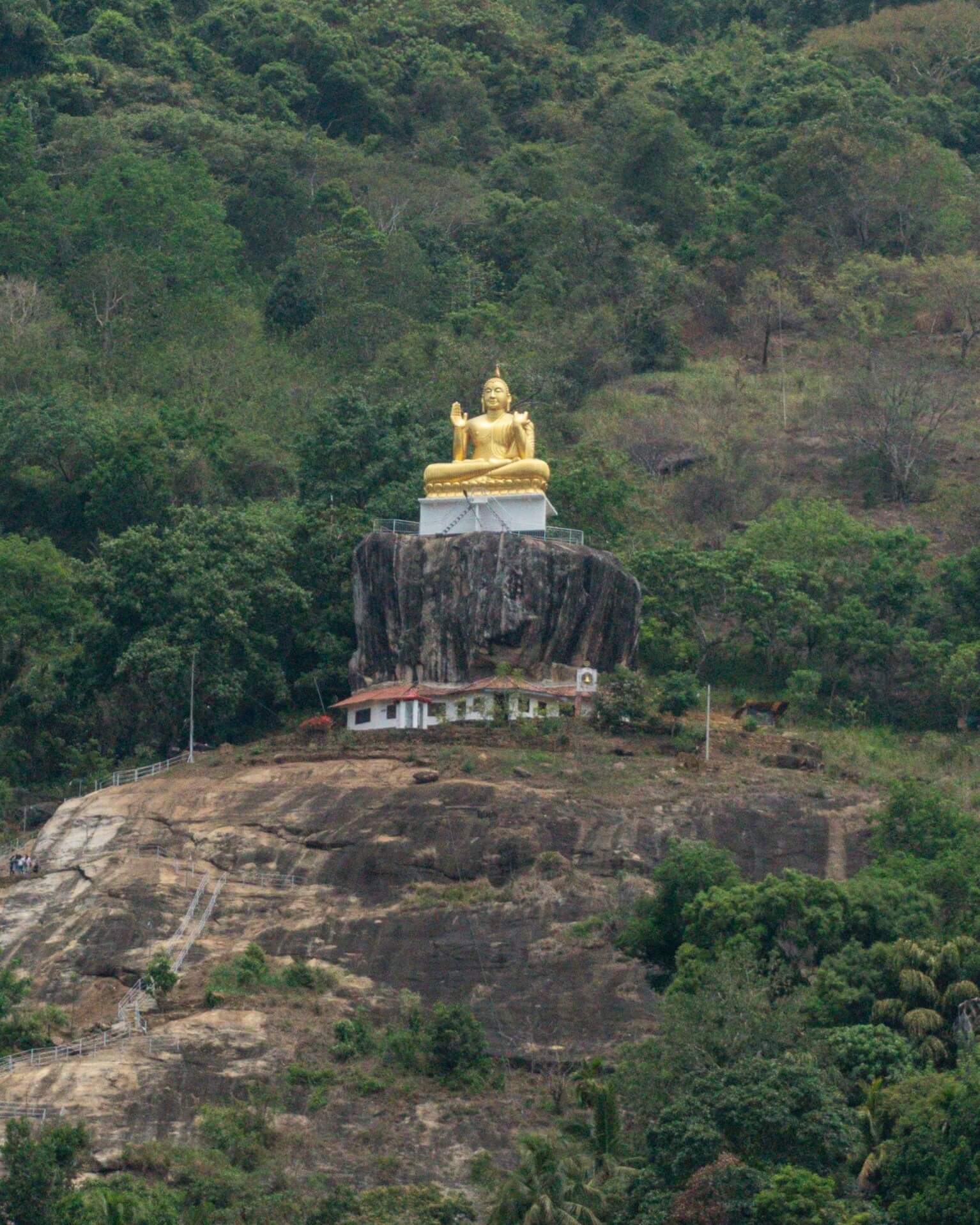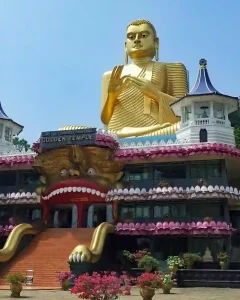Aluvihara Rock Temple
-The Birthplace of Buddhist Scriptures in Sri Lanka
Discover the ancient monastery where the Buddhist Tripitaka was first written down, surrounded by scenic rock formations and historical murals.
Introduction
Aluvihara Rock Temple, also known as Aloka Vihara, is a historically significant Buddhist monastery located in the town of Matale, Sri Lanka. This temple is best known as the place where Buddhist scriptures (Tripitaka) were first written down on ola (palm) leaves, ensuring the preservation of Buddhist teachings for future generations.
Nestled among massive rock formations, the temple offers a unique spiritual and historical experience. Pilgrims and tourists alike visit the site to admire its cave shrines, murals, and inscriptions, which reflect Sri Lanka’s deep Buddhist heritage.
Historical Significance
The Role of King Devanampiya Tissa
The origins of Aluvihara Rock Temple date back to the 3rd century BC, during the reign of King Devanampiya Tissa. This was the same period when Buddhism was introduced to Sri Lanka by Arahat Mahinda Thero, the son of Emperor Ashoka of India.
The Tripitaka Was First Written Down Here
However, Aluvihara gained its greatest importance in the 1st century BC, during the rule of King Valagamba (Vattagamini Abhaya). At that time, Sri Lanka was experiencing political instability and famine, which made it difficult for monks to continue the oral transmission of Buddhist teachings.
To prevent the loss of Buddhism’s sacred knowledge, a council of Buddhist monks gathered at Aluvihara and decided to write down the Tripitaka (Buddhist scriptures) on ola leaves. This was a groundbreaking event in Buddhist history, as it ensured that the teachings of the Buddha would be passed down for generations to come.
Architectural Wonders of Aluvihara Rock Temple
Aluvihara Rock Temple is unique because it is built within natural rock caves, blending ancient architecture with natural landscapes. Visitors can explore its fascinating structures and artistic features, including:
Rock Caves and Shrines
The temple consists of several natural caves, each converted into shrines and meditation chambers. These caves contain large Buddha statues, colorful murals, and ancient carvings.
The Library Cave – Preserving Ancient Knowledge
One of the most significant caves in the temple complex is the Library Cave, where monks originally wrote the Tripitaka on ola leaves. Visitors can see replicas of these ancient manuscripts, giving insight into the painstaking work of Buddhist scribes.
Stone Inscriptions and Ancient Scripts
There are several stone inscriptions found in the temple that date back centuries. These inscriptions provide details about the history of Buddhism in Sri Lanka and record the contributions of kings and monks who supported the temple.
Buddhist Mural Paintings
The walls of Aluvihara are covered with detailed Buddhist paintings, depicting important Jataka stories, scenes from the Tripitaka, and images of the Buddha. These murals provide visual storytelling of Buddhist teachings, making it an educational and artistic experience for visitors.
Why Visit Aluvihara Rock Temple?
Aluvihara Rock Temple is one of the most historically significant Buddhist sites in Sri Lanka. It offers:
✔ A deep connection to Buddhism’s written history
✔ Stunning rock caves and ancient murals
✔ A peaceful atmosphere for spiritual reflection
✔ A chance to learn about Sri Lanka’s Buddhist heritage
OPENING HOURS
Open 24 Hours
BEST TIME TO VISIT
Early morning or late afternoon to avoid the heat.
WEATHER TIP
Bring water, sunscreen, and a hat as it can be very hot.






